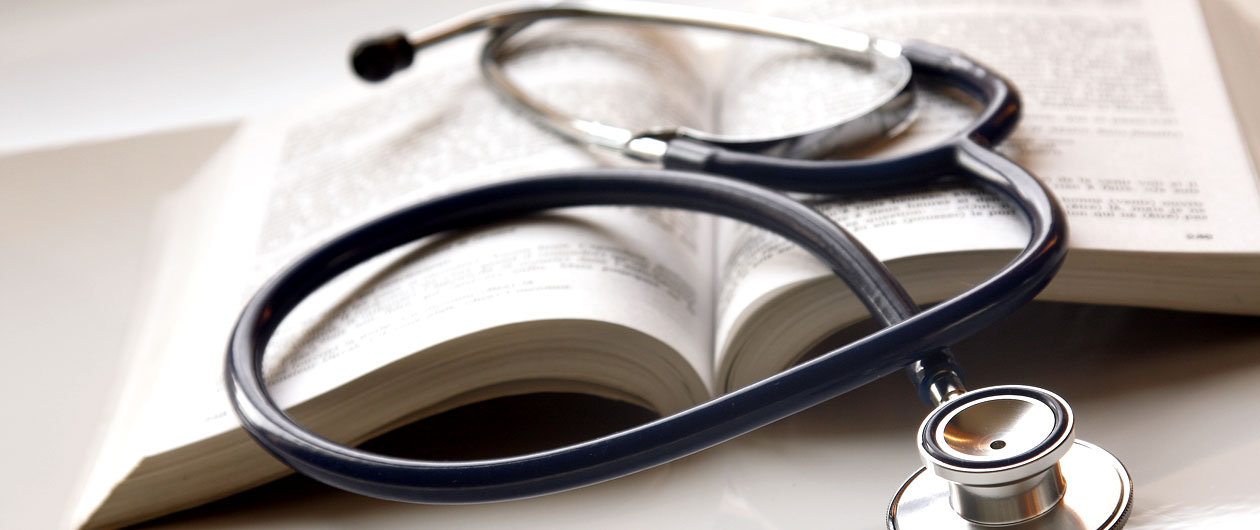New 3-D breast imaging produces pain-free, more accurate mammogram
Mammography can show changes in the breast up to two years before a patient or physician can feel them. And while mammograms can detect early breast cancer even in the absence of symptoms, it can help diagnose breast disease as symptoms present, which may be a lump, pain or nipple discharge.
One in eight American women will develop breast cancer in her lifetime. In 2009, over 40,000 American women died from breast cancer. The U.S. Department of Health and Human Services and the American Medical Association recommend a yearly screening mammography for women, beginning at age 40.
In February 2011, the US Food and Drug Administration approved the first digital mammography system that produces three-dimensional images. Unlike the traditional
2-D mammography, breast tomosynthesis turns out a high-resolution and distortion-free picture of structures in the breast.The standard mammography has been shown to produce false positive test results due to shadowing and tissue density. Overlapping breast tissues can hide lesions or mimic abnormal growths.
“These false positive studies account for almost 25 percent of the instances when women are recalled for additional imaging from their screening mammograms. By eliminating this structure overlap, tomosynthesis prevents virtually all of these unnecessary callbacks, along with the anxiety they create,” said researcher Elizabeth Rafferty, MD, of Massachusetts General Hospital, Harvard Medical School. In 2002, Rafferty presented a study on digital tomosynthesis before the scientific assembly of the Radiological Society of North America. Her team at MGH patented the digital tomosynthesis system.
Tomosynthesis takes multiple (11) images of the breast at different angles at a low dose approved by the FDA. Conventional mammograms only take two angles of the breast. The computer then assembles and combines the information into a clear 3-D image.
Mammography used to take as long as 30 minutes, but tomosynthesis shortens the process into seconds. While the old method requires two compressions of each breast, the new imaging uses little pressure in a single brief compression, which means less pain and more comfort for the patient. Highly sensitive and efficient, digital tomosynthesis provides more accurate localization of structures and a high degree of specificity in ruling out cancer.















